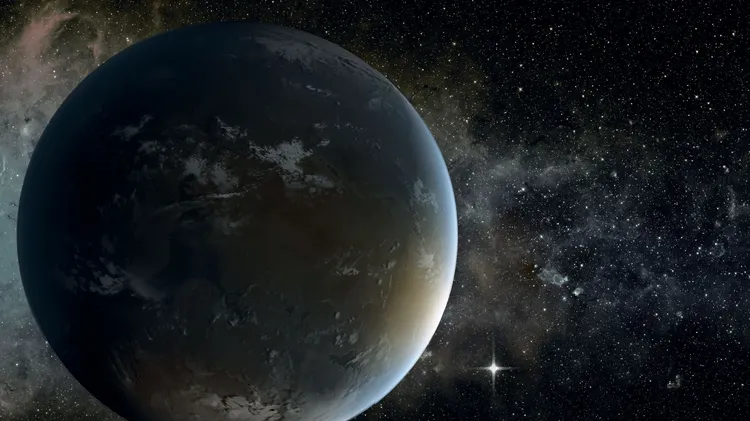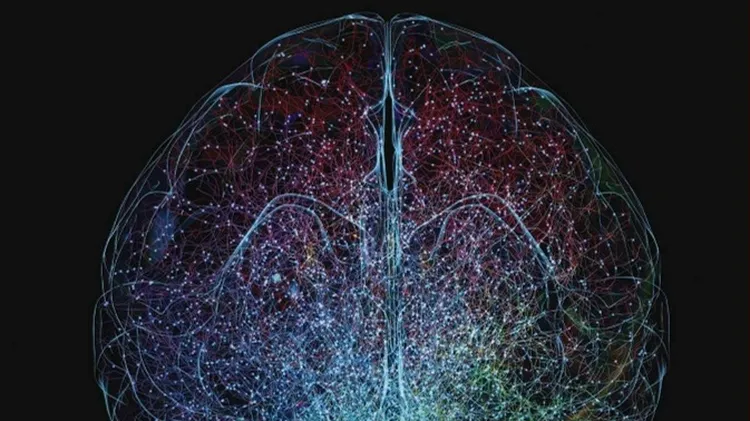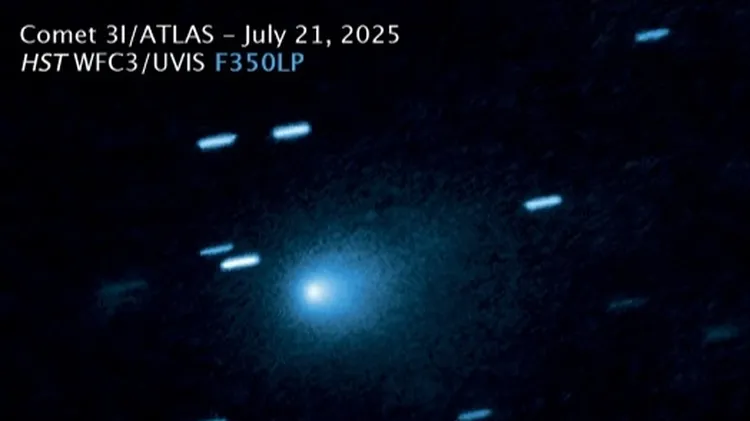The find comes from the largest sample of supernovae ever d
Dark energy could change with time
1 min read
This article is from...
Read this article and 8000+ more magazines and newspapers on Readly






